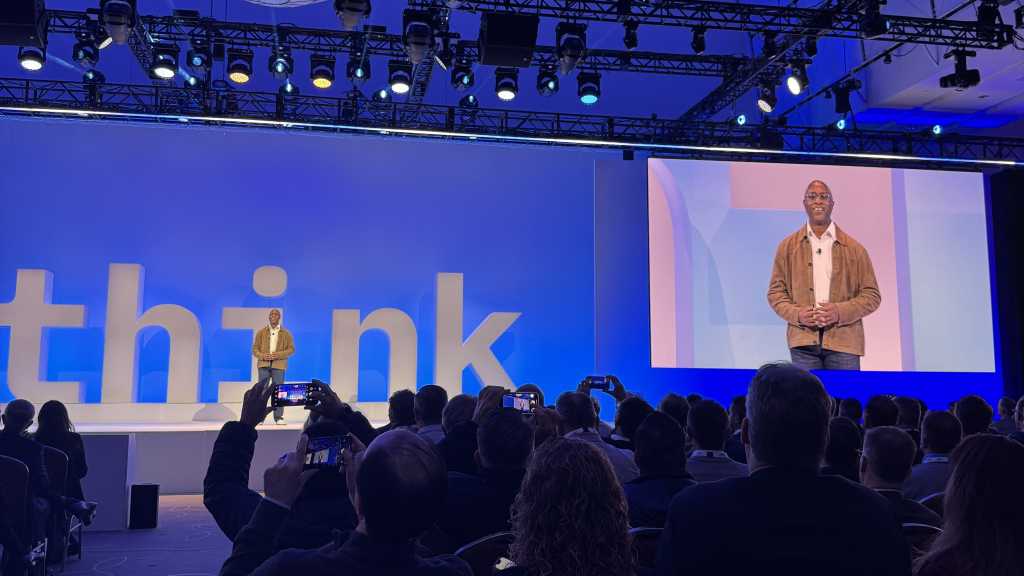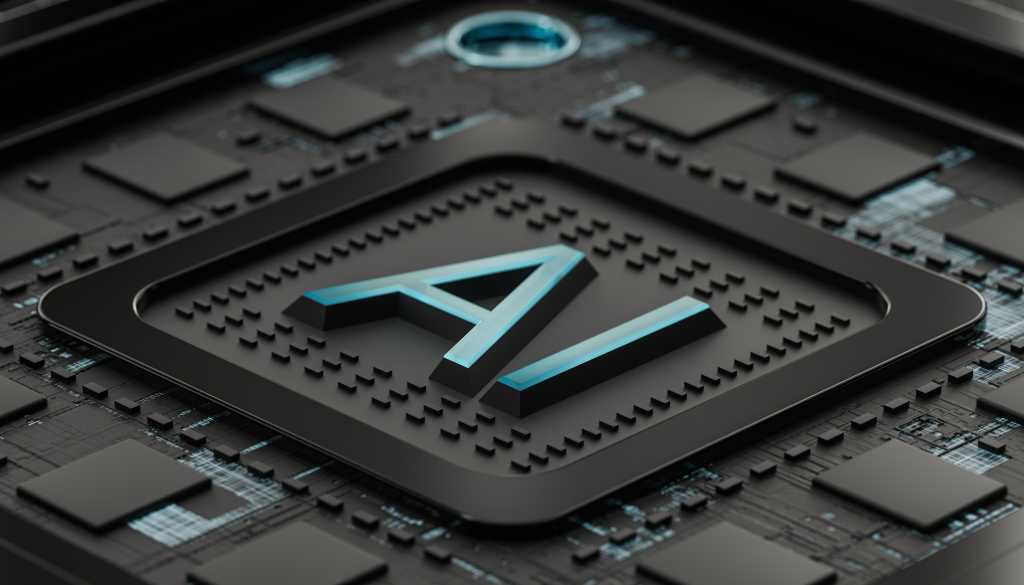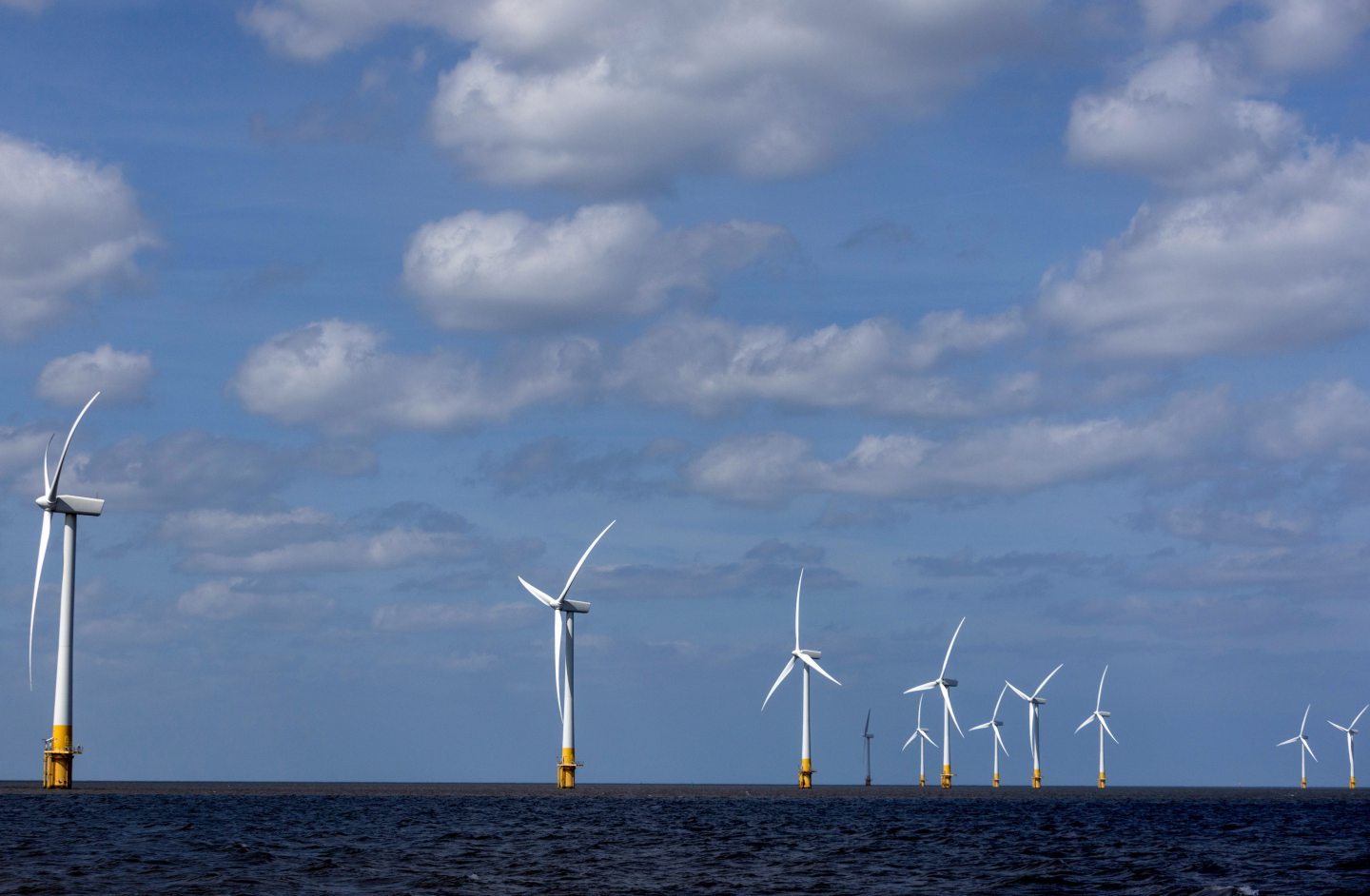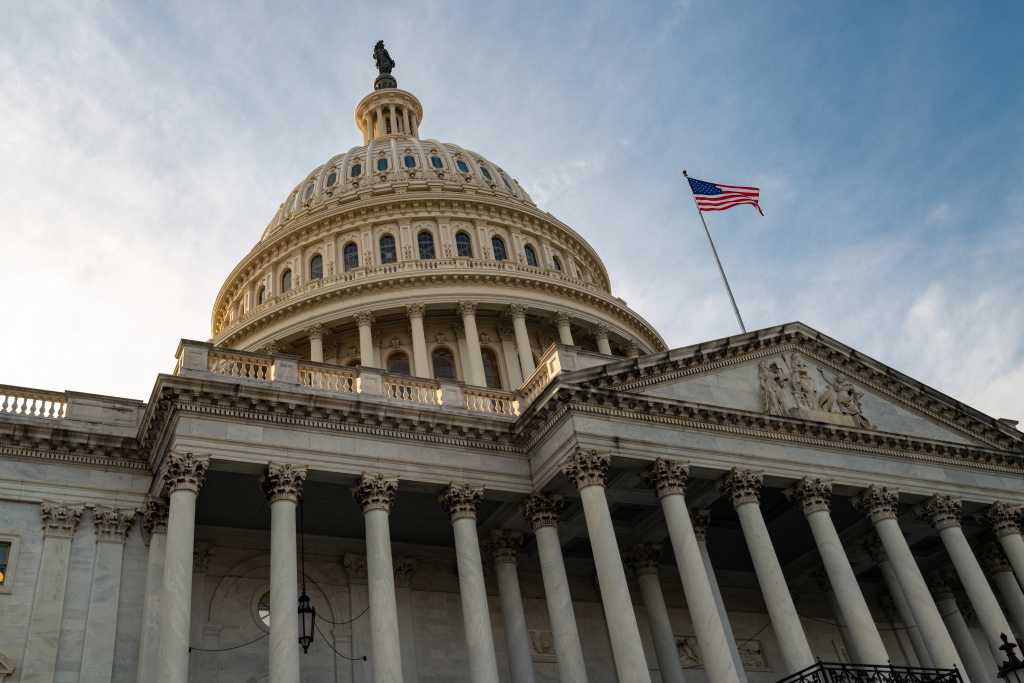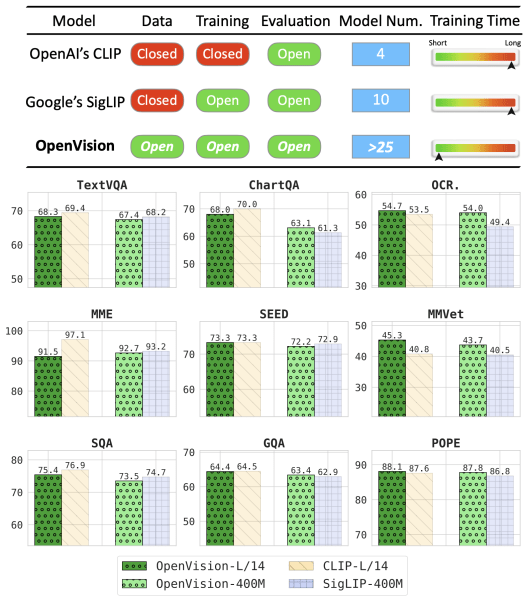
The Port of Cromarty Firth has kicked-off work on its £111-million expansion with the award of a £1.5m pre-construction contract to civil engineers RJ McLeod.
The phase 5 project aims to expand the port’s current 9ha Quay West facility and meet the needs of new North Sea fixed bottom and floating offshore windfarms.
A spokesperson for Port of Cromarty Firth told Energy Voice: “This pre-construction contract awarded to a Scottish company and major employer in the local area is the first of many which will be coming over the next few months.
“It’s important to stress that this is the pre-construction phase. As we look to start construction in November, more contracts will follow, as we work to a schedule which will see our expansion completed in the first half of 2027.”
Glasgow-headquartered RJ McLeod will undertake detailed design work and produce a construction programme and plan, as well as planning the procurement of critical materials. The pre-construction stage is due to be finalised in the summer.
Pre-construction work
RJ McLeod was founded in 1951, and has grown to employ over 400 staff across its offices, which includes Dingwall along with its Glasgow headquarters.
The company has previously worked with SSE on several projects, including the 103-turbine Viking Wind Farm in Shetland, and has helped develop battery storage and hydro-electric projects as well as grid and substation construction.
It was acquired by Manchester-based private-equity backed OCU Group last year.
Port of Cromarty Firth chief executive Alex Campbell said: “The award recognises the company’s long and successful track record in delivering projects of huge significance to the area in which they are built.”
The Port of Cromarty Firth received £55.7m of UK government funding in March via the £160m Floating Offshore Wind Manufacturing Investment Scheme (FLOWMIS) scheme.
The award was aimed at creating a custom-designed floating offshore wind integration and pre-commissioning facility, paving the way for it to negotiate further match-funding from private investors.
Phase 5 expansion
Campbell said that the UK government “recognised how phase 5 is vital to provide the necessary integration and precommissioning facilities to act as a catalyst to deliver economic growth and jobs by ensuring the manufacture, assembly and many other services required for floating offshore wind projects happens in the UK”.
He added that the funding “will unlock investment in Invergordon and at other ports across the Inverness and Cromarty Firth Green Freeport”.
The expansion project is expected to create 170-320 jobs in the construction phase.
When fully developed and operational, the port is expected to support up to 1,000 skilled jobs in the construction, installation and operational support of offshore and floating offshore wind.
Energy Minister Michael Shanks said: “Our £55m investment in Cromarty Firth will help it develop into one of the first UK ports able to deploy floating offshore wind turbines at scale. It’s fantastic to see progress today in rolling out the next stage of this project that will support rapid expansion of new offshore wind in the North Sea.
“This facility shows how Scotland is reaping the benefits of our clean power mission, and helping to deliver on our Plan for Change by driving growth and creating good, skilled jobs.”

